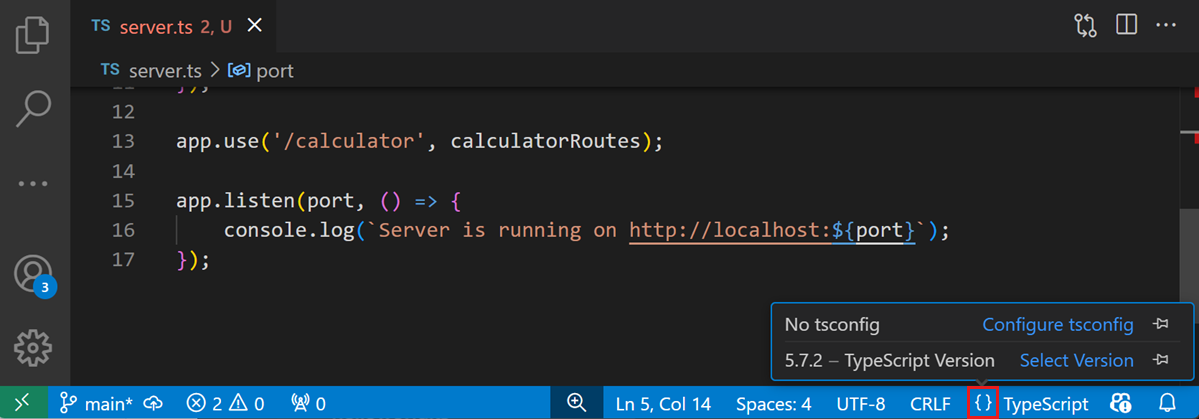

The trick is to choose the one that works best for you.ĭata visuals are meant to tell stories. Both charts and graphs are vitally useful to visualize data. Thinking to yourself “what is the difference between a chart and a graph?” Graphs are numerical in nature, whereas charts can represent broader sets of data.ĭeciding chart vs graph is the key first step in creating data visuals to share with others. Charts show how data items relate to the story, while graphs illustrate the change over time. They use data plotted on a grid with axes representing two variables. They may take many different forms, and style data in different ways. What is a chart? Visual representations of data. Often, people use the terms chart and graph interchangeably - but in reality, there’s a difference.

Both of these are data visuals that bring clarity to your message. By illustrating key points, you can bring your ideas to life in a stylish way that's easy to understand.Ĭharts and graphs are the best way to do this. Trying to explain data through words alone is a good way to confuse an audience.

When you’re sharing information, it’s a great idea to use visuals. Charts Versus Graphs (What's the Difference?) What is the difference between a chart and a graph, and when should you choose each? Let's find out. Your points will land with the audience when you choose the best graphic for the occasion. The debate of chart vs graph comes down to the story that you seek to tell, as well. (Graphic source: Envato Elements.)Įach format for charts and graphs has its place, but the choice depends on the type of data you're working with. What is the difference between a chart and a graph? Find out in this article. Both are important data visualizations, but they've got key differences. Charts and graphs are too often used as synonyms.


 0 kommentar(er)
0 kommentar(er)
